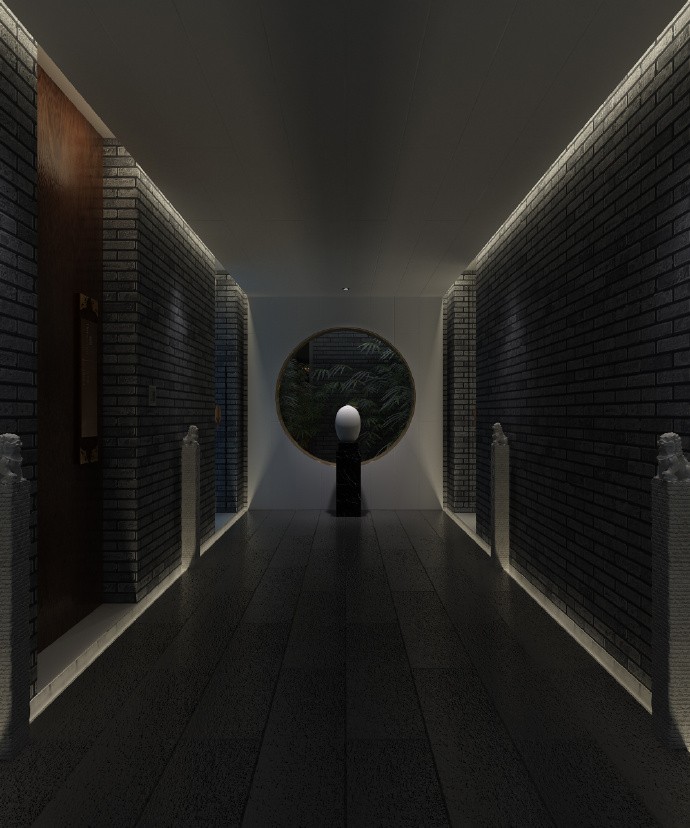Putsegården what! arkitektur
2018-02-23 02:00
© Ulf Celander
(乌尔夫·凯兰德)


背景:Putseg rden是该地区农耕史上唯一剩下的农场,其遗址自古以来就有人居住,其中一座14世纪的教堂是它最亲密的邻居之一。市政府在开始制定新的详细发展计划时,打算保护Putseg rden。承担修复费用的手段是创造建造一个新的多家庭住宅的可能性。
Background: Putsegården is the only remaining farm from the agrarian history of the region at a site populated since antiquity with a 14th-century church as one of its closest neighbours. The intention of the municipality, when they started working on a new detailed development plan, was to preserve Putsegården. The means to carry the costs of the intended restoration was to create the possibility to build a new multi-family dwelling.
© Ulf Celander
(乌尔夫·凯兰德)


设计:这个项目最大的挑战之一是如何处理使项目在财政上站得住脚所需的开发。一种新的分配方式-建筑本身的形式成为该项目的核心-被证明是获胜的途径,因为它得到了市政当局、教会和当地民间文学学会的批准。
Design: One of the greatest challenges of this project was to handle the exploitation needed to make the project financially tenable. A new approach to the assignment, where the form of the building itself became the heart of the project, proved to be the winning way, as it got the approval of both the municipality, the church and the local folklore society.
© Ulf Celander
(乌尔夫·凯兰德)


增加了一个新的历史层作为两个现存时代之间的纽带和边界,建筑的形式为周围地区创造了更好的空间配置。这些建筑物技术状况差,导致建筑物被拆除,仔细记录,然后在1948年历史博物馆的照片文件的支持下重建。
The addition of a new historical layer has served as both a link and a border between two existing time epoques and the form of the building has created an improved spacial configuration for the surrounding area. The poor technical status of the buildings led to a process where the buildings were stripped down, carefully documented and then rebuilt with the support of a photo documentation from the Historical museum dated back to 1948.
Floor Plan 1
平面图1


新建筑与重建谷仓的山墙相连。它从一个单层的尺度开始,逐渐与相邻的层层房屋并排生长,在十层楼高达到最高点,在那里它与位于各市的街道和现有的塔楼相接。建筑的形式与周围的地形和建筑一起,创造出具有巨大空间品质的室外空间。一条公共人行道穿过大楼,穿过一个门廊,在20世纪50年代的城市和老伦德比教堂村之间建立了一个戏剧化的会议。
The new building connects to the gable of the rebuilt barn. It starts off in a single storey scale, gradually grows alongside the neighbouring lamellar house, reaching its highest point at ten storeys where it meets the street Inägogatan and its existing tower blocks. The form of the building plays along with the surrounding topography and buildings creating outdoor spaces with great spatial qualities. A public walkway leads through the building, via a portico, creating a dramatized meeting between the city of 1950's and the old Lundby church village.
© Ulf Celander
(乌尔夫·凯兰德)


屋顶和正面覆层由铝片组成。包层技术和色彩方案“Falu R d”-一种起源于法轮周围矿场的瑞典传统颜色-都与瑞典古老的传统和工艺相联系。色彩和材料的一致性加强了建筑的形式和作为空间创造形象的功能。该建筑的形式,哈尔也创造了广泛的公寓,具有独特的品质。有类似于梯田房子的公寓,有阁楼的公寓,还有在指南针的三个角度上有壮观景色的公寓。
Roof and facade cladding consists of sheets of aluminium. Both the cladding technique and the colour scheme ”Falu Röd” - a traditional Swedish colour originating from the mines around Falun - connect to old Swedish traditions and craftsmanship. The consistency of colour and material strengthens the form of the building and its function as a space-creating figure. The form of the building har also created a wide range of apartments with unique qualities. There are apartments similar to the terraced house, those with loft qualities and those with a spectacular view in three points of the compass.












































Architects what! arkitektur
Location Inägogatan 21, 418 74 Göteborg, Sweden
Project Year 2017
Photographs Ulf Celander
Category Refurbishment
























